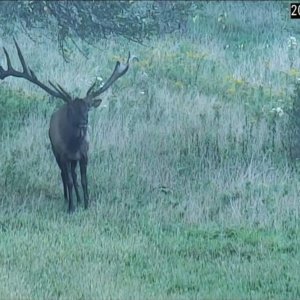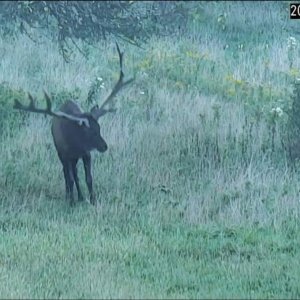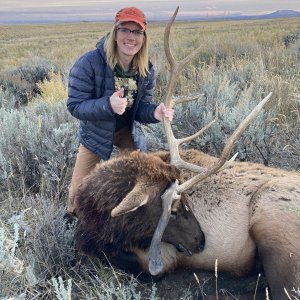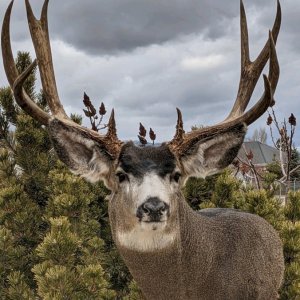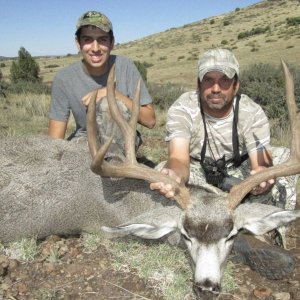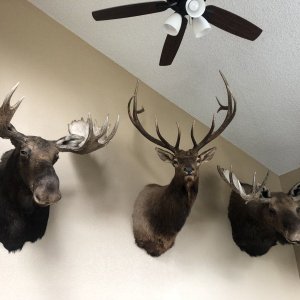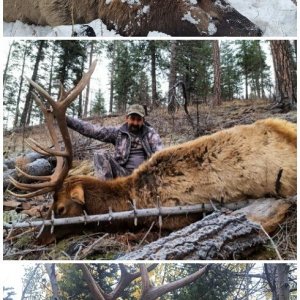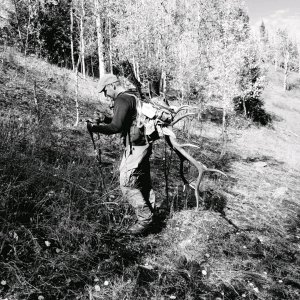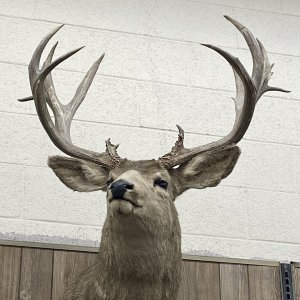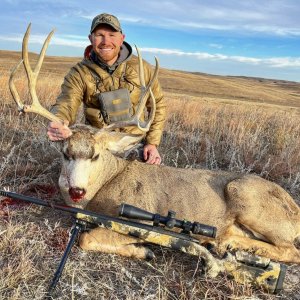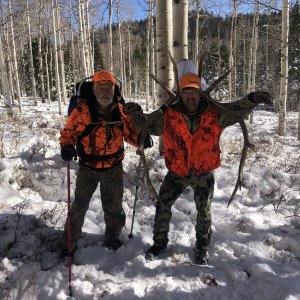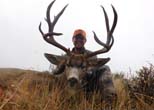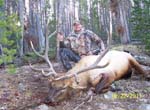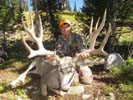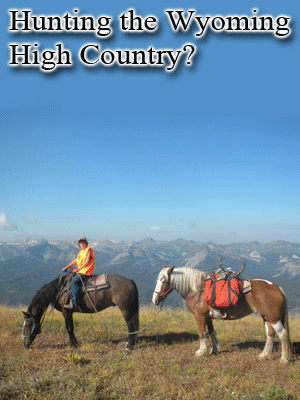There is no documented proof that large-scale culling operations have prevent the spread and % of CWD in Colo. Where's the proof?
Colo is a prime example of late season and mass culling projects
not working! The prions are still in the soil where they tried to wipe deer completely out of the first areas where CWD existed starting around 1985 near Red Feathers/Livermore area in Colo. CWD in Colo is relatively stable for the past 37+ years regardless of whether giant culling practices existed or not.
Back in the late 80's hunters were encouraged to harvest a deer. If successful they brought them into the Ft Collins CPW office to be tested for CWD and were immediately handed another tag to harvest another deer. Tags were issued on an unlimited basis for that particular area in Colo trying to totally eliminate deer in the high prevalence area. At that time when CWD was first found it was tested in less than 4% of the mule deer in the hottest spot near Ft Collins and Livermore. In 2021, around 10 to 20% of the bucks that were harvested tested positive to CWD in the hottest spot in Colo. The bucks harvested likely showed 0 symptoms of CWD when harvested and were likely healthy bucks.
Now it's 2022 and 37+ years after CWD was initially found the prevalence where they harvested mass numbers of deer remains relatively similar to what it was years before culling. There still aren't that many deer (if any) with CWD in the south central and southwestern corner of Colo. The prions are still in the soil 37-40+ years later and there is still a stable % of CWD present in the few deer that now exist in these areas on the Front Range.
Chronic wasting disease timeline
1967: Wasting syndrome is observed in captive mule deer at the Colorado State University wildlife research facility in west Fort Collins.
1975−81: Wasting syndrome is observed in Toronto Zoo mule deer transferred from the Denver Zoo.
1979: Recognized in captive mule deer at Wyoming wildlife research facility.
1981: Detected in wild elk in Colorado.
1985: Detected in wild mule deer in Colorado and Wyoming.
1996: Detected in a captive elk farm in Saskatchewan; 38 other linked farms eventually found positive.
1997: Detected in captive elk facilities in South Dakota.
1998: Detected in captive elk facilities in Montana and Oklahoma.
1999: World Health Organization indicates no evidence CWD is transmissible to humans, but advises that exposure should be avoided.
2000: Detected in wild mule deer in Nebraska and Saskatchewan.
2002: Colorado establishes guidelines to minimize transport of high-risk carcass materials. First International CWD Symposium is held in Denver.
2002: Detected in captive elk in Minnesota, wild and captive white-tailed deer in Wisconsin and Illinois, mule deer in New Mexico and elk in South Dakota.
2003: Detected in wild mule deer in Utah.
2004: Detected in wild elk in New Mexico.
2005: Detected in moose in Colorado.
2008: Research indicates CWD may be a plausible explanation for local deer population declines in Colorado.
2010: Detected in captive white-tailed deer in Missouri and wild white-tailed deer in North Dakota and Virginia.
2016: Detected in wild elk and white-tailed deer in Arkansas and wild reindeer in Norway.
Below is a map of current % of CWD through Colo from harvest data. Top is both buck and deer % w/CWD in 2014. Bottom 2 are from 2021 for buck deer and elk. Keep in mind all of these deer were harvested and likely showed 0 synthons of CWD. Also they mention numerous times that there are approximately 5x more bucks than does that have CWD. They actually don't have CWD numbers in 2021 for both buck plus doe harvest numbers like they have in the 2014 map. My guess is the % are pretty close to the same as 2014 if does plus bucks were used in 2021.
Is there much difference in 2014 vs 2021? I guess I'll leave that up to you!
2014
2021 (Top map -Buck %, Bottom map - Elk %)

